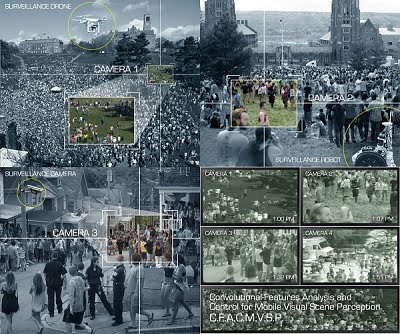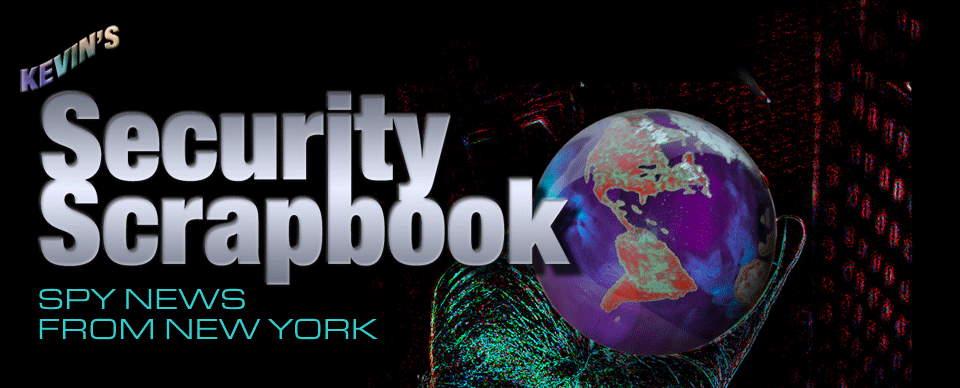 Seeing the same area from many points of view could be confusing to a human, but a computer can manage it and combine all the information to build a "model" of the scene and track objects and people from place to place.
Seeing the same area from many points of view could be confusing to a human, but a computer can manage it and combine all the information to build a "model" of the scene and track objects and people from place to place.Researchers from Cornell University have developed the system, which would allow robots to conduct surveillance as a single entity with many eyes.
"Once you have robots that cooperate, you can do all sorts of things," said Kilian Weinberger, associate professor of computer science...
The researchers plan to test their system on the Cornell campus, using research robots to "surveil" crowded areas while drawing on an overview from existing webcams. Their work might lead to incorporating the new technology into campus security. more
Things to Come...












